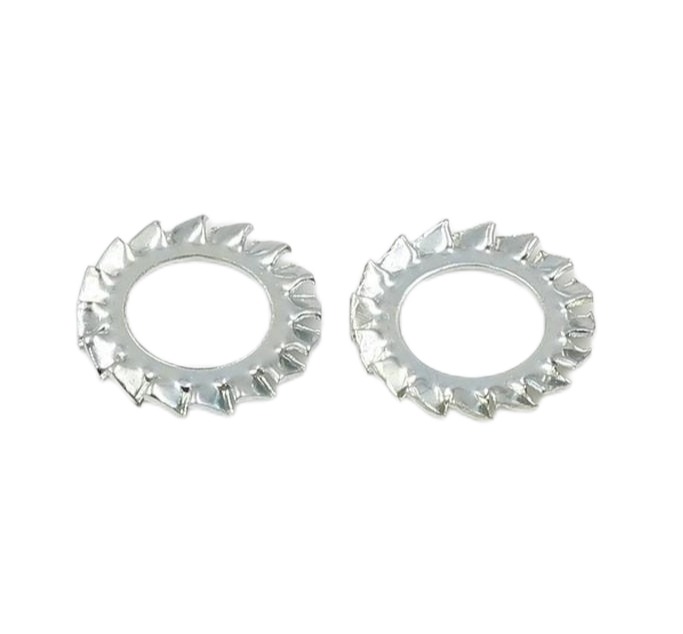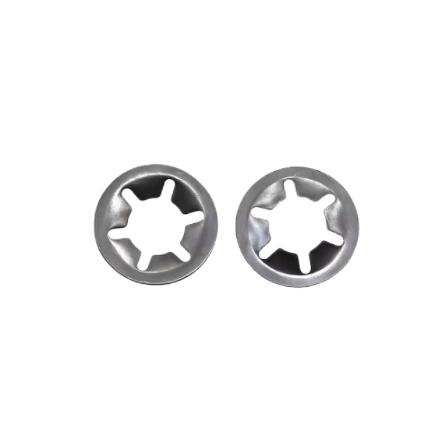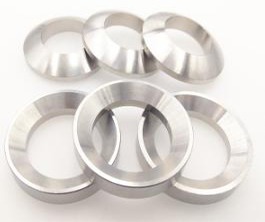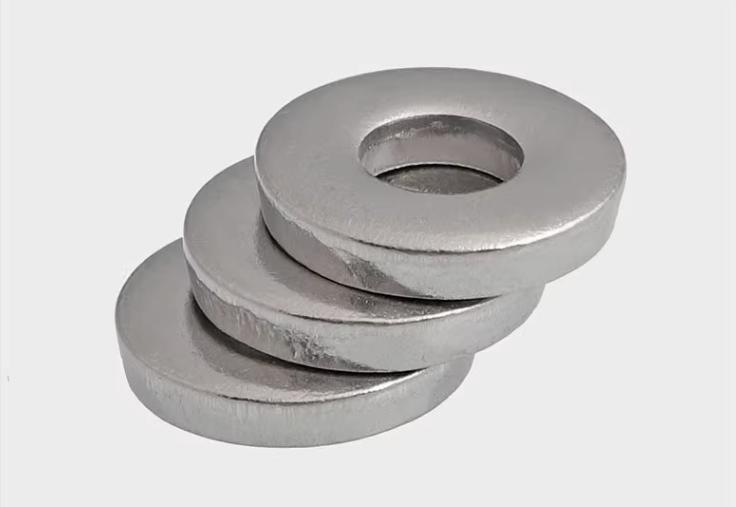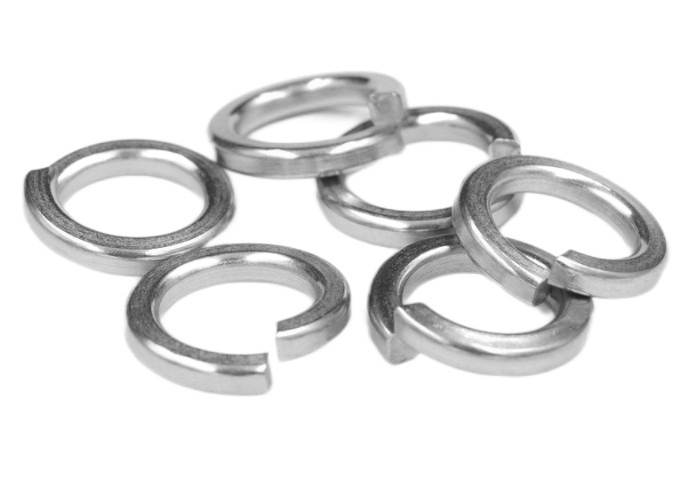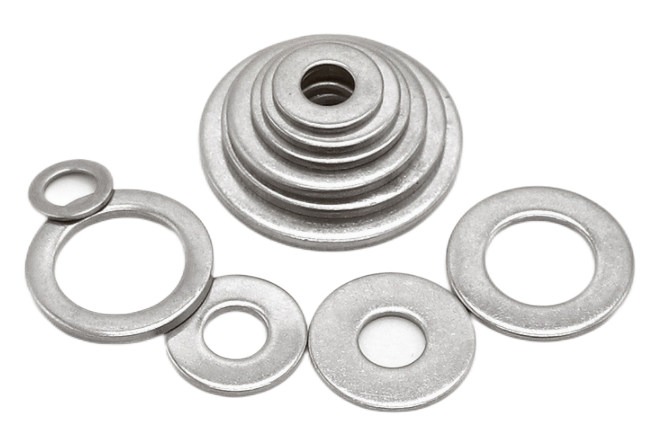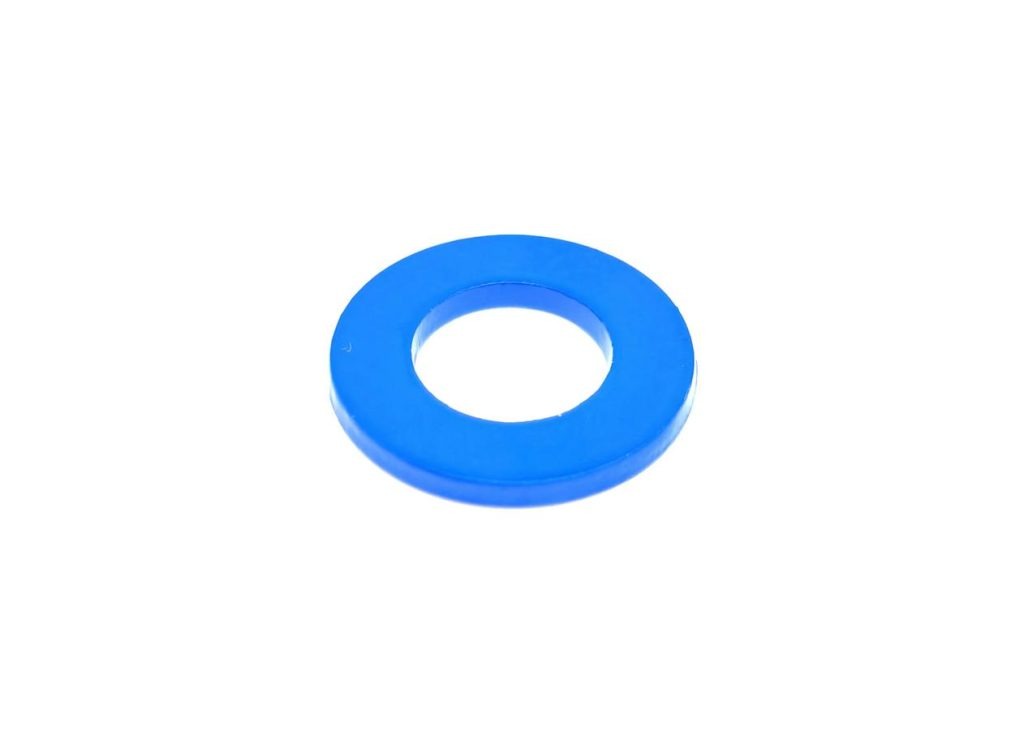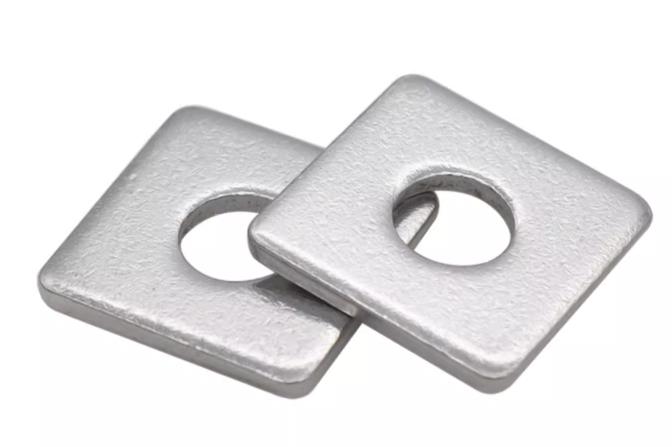Where do Washers Go on Bolts: A Clear Guide for the Proper Placement
Washers may appear inconspicuous, yet they are critical for guaranteeing the integrity and lifespan of attached connections. Understanding where washers should be placed is critical whether assembling furniture, building machinery or working on DIY projects. In this article, we focus on the topic of where washers go on bolts, providing detailed guidelines for the proper placement of washers on bolts to enhance their strength, stability, and safety.
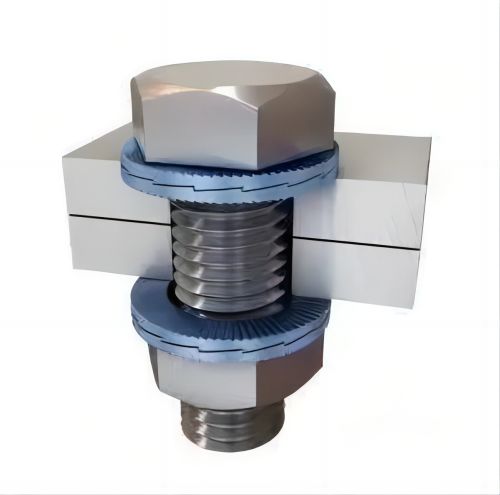
Common Types of Washers Used in Conjunction with Bolts
Flat Washers
These washers are the most common and have a simple, flat, round shape. Flat washers are used to distribute weight, minimize friction, and protect the surface. Flat washers are available in a variety of sizes to accommodate various bolt diameters.
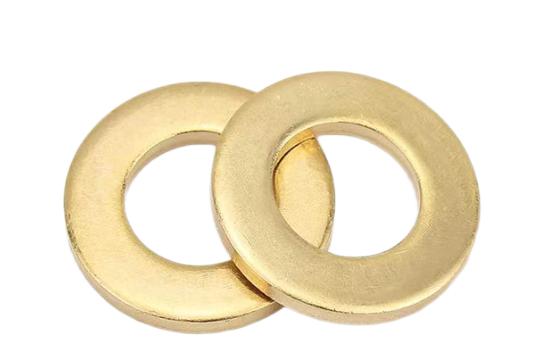
Split Lock Washers
When compressed, split lock washers, also known as spring washers, feature a split or helical cut that creates tension. They are used to keep nuts and bolts from becoming loose as a result of vibration or heat expansion and contraction.
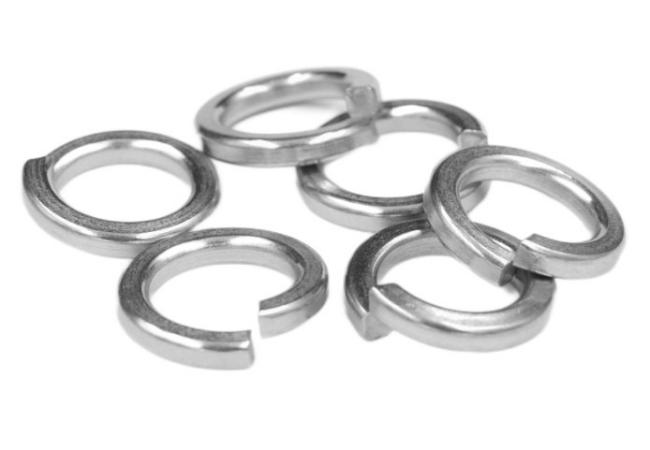
Lock Washers
Serrated lock washers with teeth, bite into the material and fastener, giving a locking action. They are often utilized in applications that require high vibration resistance.
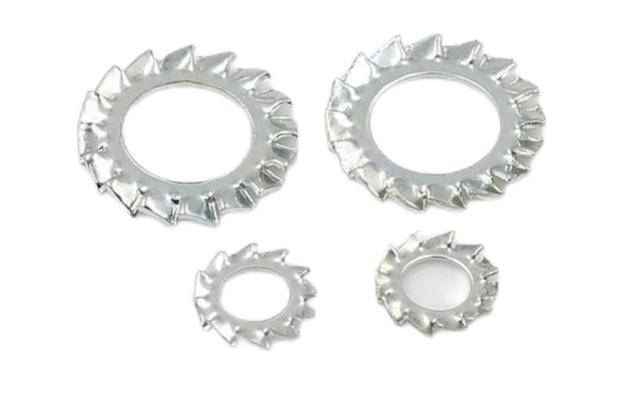
Wave Washers
Wave washers are used to absorb shock, maintain tension, and reduce vibration. They feature a wavy or corrugated shape. They are frequently used in the automotive and aerospace industries.
Belleville Washers
Belleville washers, also known as conical spring washers, are conical in shape and are intended to produce large spring loads in small places. They are utilized in situations that need a large level of axial load.
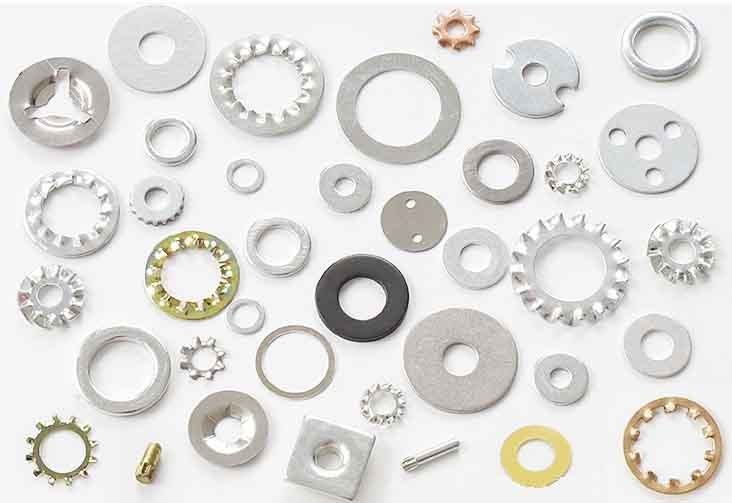
Proper Placement of Washers on Bolts
1. Between the Bolt Head and the Material
Washers are commonly used between the bolt head and the material to which it is fastened. This is the most common arrangement for fastening purposes. This is the standard configuration for most fastening applications, and it serves several important purposes:
- Load Distribution: Placing the washer between the bolt head and the material helps evenly distribute the clamping force over a larger surface area. This prevents the bolt head from digging into the material, reducing the risk of damage or deformation.
- Friction Reduction: Washers act as a buffer between the bolt head and the material, reducing friction during the tightening process. This minimizes the likelihood of surface damage and allows for smoother torque application.
- Surface Protection: Washers create a protective barrier between the bolt head and the material, guarding against corrosion and wear, especially when dissimilar metals are in contact.
2. Between the Nut and the Material
When a nut rather than a bolt head is used to attach the assembly, the washer should be placed between the nut and the material. This placement has the same advantages as positioning the washer under the bolt head.
- Load Distribution: It guarantees that the clamping load is evenly distributed across the secured material, preventing distortion or damage.
- Friction Reduction: Reduces friction between the nut and the material, resulting in smoother tightening and less surface damage.
- Surface Protection: When various metals are used, this creates a barrier between the nut and the substance, lowering the possibility of galvanic corrosion.
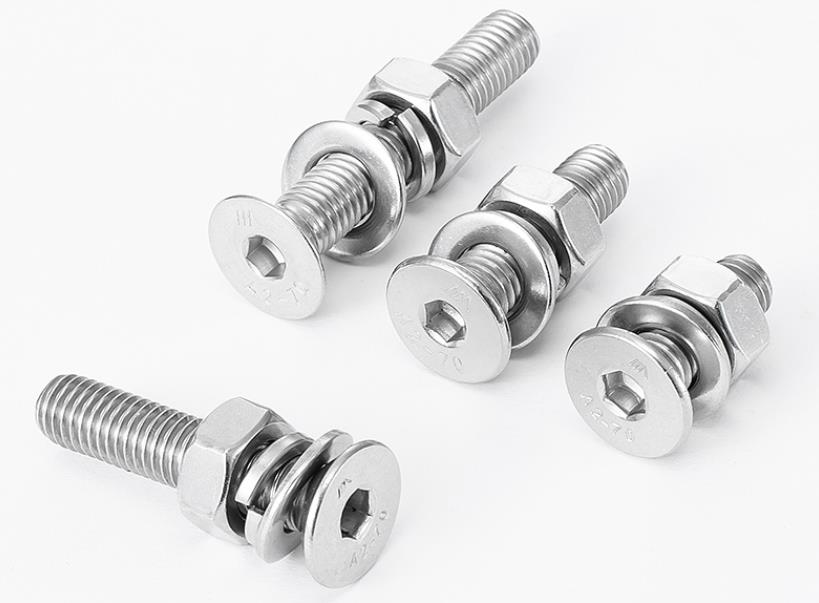
3. With Locking Washers
When utilizing locking washers, such as split lock washers or spring washers, they should be placed between the flat washer and the nut or bolt head. This arrangement provides an added layer of security against loosening due to vibration or thermal cycling.
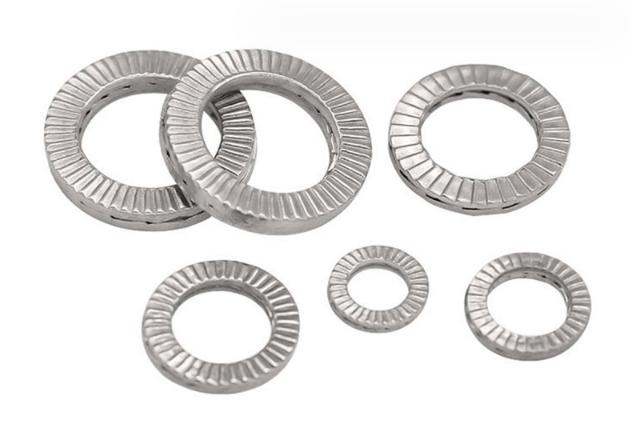
- Load Distribution: The flat washer, if present, distributes the load evenly, while the locking washer adds tension to prevent loosening.
- Vibration Resistance: Locking washers create tension and friction, making it more challenging for the nut or bolt to loosen under vibrational or dynamic loads.
- Proper Orientation: Ensure that the locking washer is oriented correctly, with the split or teeth facing the nut or bolt head. This allows them to engage effectively and provide locking action.
4. Specific Applications
Specialized washers, such as Belleville washers (conical spring washers) or wave washers, may be employed in some applications. The location of these washers is determined by their intended use and design. For accurate positioning instructions, see the manufacturer’s guidelines or engineering requirements.
Summary
Washers on bolts must be properly positioned between the bolt head or nut and the material being secured. This enables even weight distribution, lowers friction, and guards against surface damage and corrosion. Follow precise rules when using locking washers or specialized washers to maximize their performance. Following these rules can help you make strong and dependable fixed connections, whether you’re working on tiny DIY projects or large-scale construction projects.

